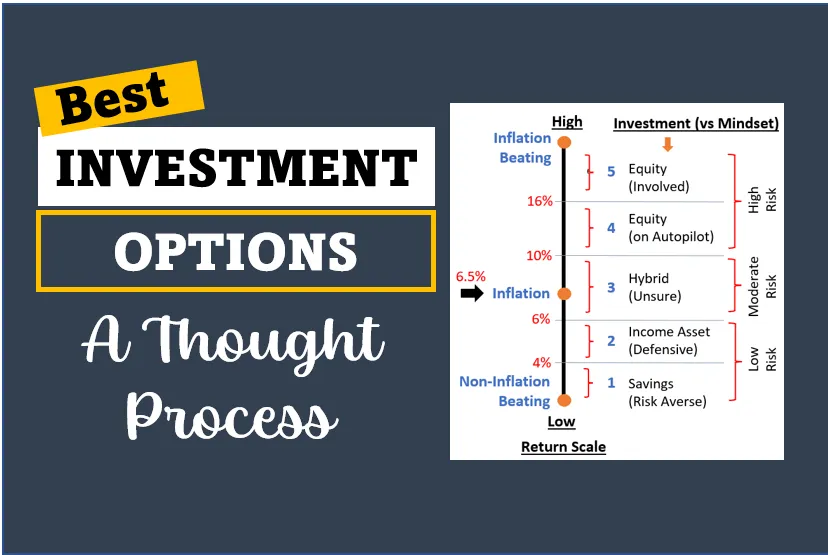
In the ever-evolving landscape of financial markets, the art of strategic investing has become more critical than ever. Maximizing returns is the ultimate goal for any investor, and achieving this requires a thoughtful and well-informed approach. In this article, we will delve into the intricacies of strategic investments, exploring the key principles and tactics that can help investors navigate the complex world of finance and credit repair.
Understanding the Basics
Before we embark on the journey of maximizing returns, it’s essential to establish a solid understanding of the basics. Investing, at its core, involves allocating capital with the expectation of generating profits over time. However, strategic investing goes beyond mere allocation; it involves a deliberate and calculated approach to risk and reward.
Diversification
One fundamental principle of strategic investing is diversification. The age-old adage “don’t put all your eggs in one basket” holds true in the world of finance. Diversifying a portfolio across different asset classes, industries, and geographic regions helps mitigate risk. By spreading investments, the impact of a poor-performing asset on the overall portfolio is reduced. This strategic move ensures that potential losses in one area may be offset by gains in another, fostering a more stable and resilient investment strategy.
Risk Assessment and Tolerance
Understanding risk is paramount in strategic investing. Every investment carries a degree of risk, and investors must assess their Best way to invest 100k in 2024. Risk tolerance is a subjective measure of how much volatility an investor can endure without losing sleep. A careful balance between risk and return is crucial, as higher potential returns often come with increased risk. Strategic investors tailor their portfolios to align with their risk tolerance, striking a balance that aligns with their financial goals.
Time Horizon:
Maximizing returns requires a keen awareness of the investment time horizon. Investors must consider when they will need access to their funds and align their investments accordingly. The time horizon influences the choice of assets and the overall risk profile of the portfolio. Long-term investors can afford to ride out short-term market fluctuations, while those with a shorter time horizon may need to prioritize capital preservation. Strategic investments are, therefore, tailored to the specific timeframes of individual investors.
Tactical Asset Allocation:
Strategic investing involves more than just buying and holding a diversified portfolio. Tactical asset allocation, a dynamic approach to adjusting the portfolio based on market conditions, is a key component of maximizing returns. Monitoring economic indicators, market trends, and geopolitical events allows investors to make informed decisions about adjusting their asset allocation. This nimble approach enables investors to capitalize on emerging opportunities or protect their portfolio from potential downturns.
The Role of Research and Information:
In the digital age, information is abundant, but not all information is created equal. Strategic investors understand the importance of thorough research and due diligence. Staying informed about market trends, economic indicators, and the performance of specific assets is crucial for making well-informed investment decisions. Research extends beyond financial news; it includes understanding the fundamentals of the companies in which one invests and the broader economic factors that may influence their performance.
Harnessing the Power of Technology:
Technology has revolutionized the way investors access and analyze information. Strategic investors leverage technological tools, such as data analytics and robo-advisors, to gain insights and make informed decisions. These tools provide a systematic and disciplined approach to investing, helping investors remove emotions from the decision-making process. By harnessing the power of technology, strategic investors can streamline their research process and execute trades more efficiently.
Strategic Investment in Emerging Markets:
As the global economy continues to evolve, strategic investors are increasingly looking towards emerging markets for growth opportunities. These markets, characterized by rapid economic development and industrialization, offer unique investment prospects. However, they also come with higher volatility and risk. Strategic investors carefully assess the potential rewards and risks of investing in emerging markets, considering factors such as political stability, regulatory environment, and currency risks.
Real Assets and Alternative Investments:
Maximizing returns often involves thinking beyond traditional asset classes. Real assets, such as real estate and commodities, provide diversification benefits and can act as a hedge against inflation. Strategic investors allocate a portion of their portfolios to these tangible assets to enhance overall returns. Similarly, alternative investments, including private equity and hedge funds, offer unique opportunities that may not be available in traditional markets. However, due diligence is crucial when venturing into these complex and less regulated investment avenues.
Environmental, Social, and Governance (ESG) Investing:
The shift towards sustainable and responsible investing is gaining momentum. ESG investing considers environmental, social, and governance factors when making investment decisions. Strategic investors recognize the importance of aligning their portfolios with their values and incorporating ESG criteria into their investment strategy. This not only reflects a commitment to ethical considerations but also acknowledges the potential long-term benefits of investing in companies with strong sustainability practices.
The Importance of Patience and Discipline:
Strategic investing is a marathon, not a sprint. Maximizing returns requires patience and discipline. Investors should resist the temptation to react impulsively to short-term market fluctuations and stay focused on their long-term objectives. Emotional decision-making often leads to suboptimal outcomes. By adhering to a well-thought-out investment strategy and maintaining discipline, investors increase their chances of realizing the full potential of their investments.
Conclusion:
Maximizing returns with strategic investments is a multifaceted endeavor that requires a comprehensive understanding of financial markets, risk management, and a disciplined approach. By embracing diversification, conducting thorough research, and leveraging technological tools, investors can navigate the complexities of the investment landscape. Strategic investing is not about timing the market but rather about aligning investments with individual goals, risk tolerance, and time horizons. As the financial world continues to evolve, strategic investors will be well-positioned to adapt and thrive, securing a brighter financial future.





